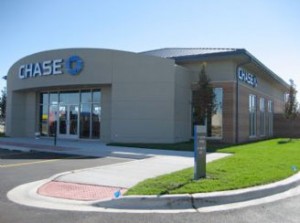 Identifying Triple Net Lease Tenant Profiles
Identifying Triple Net Lease Tenant Profiles
by: Robert Stec
Investors who wish to engage in the purchase of commercial real estate, particularly retail triple net lease investment properties, must understand what types of tenants this property profile might best attract. In addition, understanding the categories of tenants and how those relate to developing an investment strategy will allow the investor to identify the best possible opportunities.
Most commercial and retail tenants can be classified based on the size of the enterprise and the number of locations the company has in the United States. Venture market companies are usually regional in nature, serving a relatively narrow portion of their market in a limited geographic region. Venture market companies have between 5 and 50 individual retail locations and may have a limited business history and unproven ability to endure market fluctuations
Middle market tenants are larger retail chains, with between 50 and 500 stores. These companies serve a larger share of their market in multiple regions. Middle market companies typically have a longer business history and a demonstrated ability to withstand economic cycles. Similarly, upper market tenants have more than 500 stores, serve a substantial market share, and are usually nationwide in presence. These tenants are well-known and have provided a familiar product or service for many years, through a variety of economic conditions.
Which tenant profile an investor chooses to pursue depends on many factors, including market conditions, investment strategy, risk profiles, and financial capacity. Typically, however, middle market tenants are the optimum target when building a triple net lease investment property portfolio. These tenants are desirable because of their demonstrated stability combined with a capacity for expansion. In addition, unlike upper market tenants, middle market tenants usually have less capital and financing options, making a triple net lease structure very attractive to their own growth strategy.
Upper market tenants do have some advantages also, including exceptional credit and stability, and more capital. Often however, these tenants work with national real estate developers who have their own investment arms. It may be difficult for an individual investor – especially if the investor is a novice – to make inroads with upper market tenants. In addition, return on investment is typically smaller with upper market tenants than with middle market companies.
Venture market tenants are not popular with many investors. These tenants have limited resources, unproven credit history, and they may lack the stability found in middle and upper market tenants. The inherent risk in investing in triple net lease properties with venture market tenants is much greater but, consequently, the reward (i.e., return on investment) is typically greater as well. This is a unique, niche market that may be advantageous to a savvy investor who seeks out this tenant profile.
Triple net lease investment properties provide excellent opportunities for investors to build a strong portfolio that will endure through a variety of economic cycles. However, as any investment strategy does carry some inherent risks, the investor must explore all aspects of risk, legality, and financial implications, and should carefully consider all available options.
Related posts:
Leave a Reply
You must be logged in to post a comment.